History
AHPCC was designated by the Arkansas Department of Higher Education as a University of Arkansas Research Center in 2008. However, high performance computing began to play a central role in research in 2004 with a successful MRI grant (NSF Award Number: 0421099) for a large-scale computing resource. PI and CSCE Professor Amy Apon collaborated with Professors Huaxiang Fu, Panneer Selvam, Peter Pulay, and Russell Deaton on the grant which led to the deployment in 2005 of Red Diamond and it’s 256 compute cores. When operational Red Diamond made the June 2005 Top 500 list as 379th fastest system in the world.
The machine immediately impacted research in computational chemistry and material science focusing on density-functional theory (DFT) approaches, DNA Sequence design for biotechnology and nanotechnology applications to accelerate search for large sets of non-cross hybridizing DNA sequences, multi-scale modeling and computation of electronic and optical properties of nano-devices and crack propagation in alloys and metals, finite modeling of volcano and tectonic deformation, next generation networking, geospatial databases and early big data mining.
AHPCC added a second large-scale system in 2008 with support from an NSF MRI grant (NSF Award Number: 0722625). The 1256 core Star of Arkansas debuted on the Top 500 at 339th in the world. Additional NSF support since 2010 has added new resources - Razor I, II and III and, with the Star of Arkansas and Red Diamond both retired from service, the Center continues to grow with the addition of Trestles from the San Diego Supercomputing Center, the addition of a 100Gb research network, and plans for a new hybrid cluster in 2017.
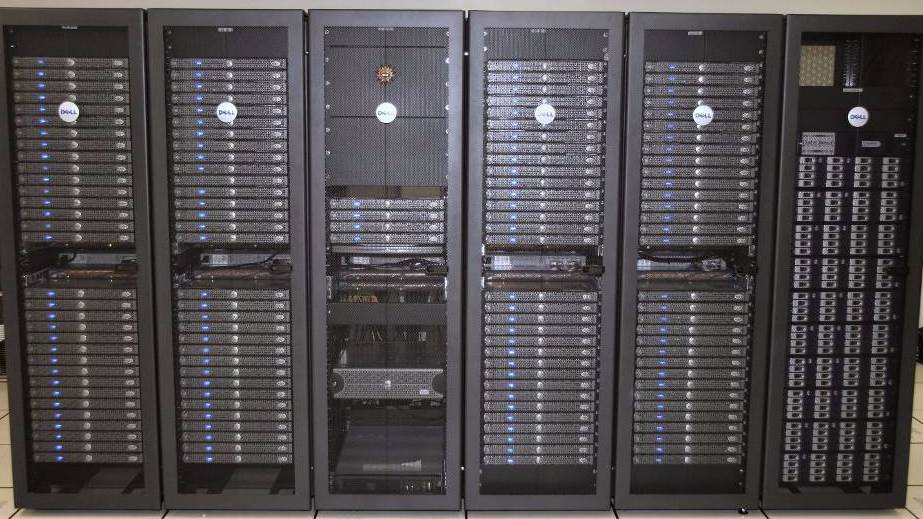 Red Diamond, retired.
Red Diamond, retired.
 Star of Arkansas (retired) and Jeff Pummill.
Star of Arkansas (retired) and Jeff Pummill.
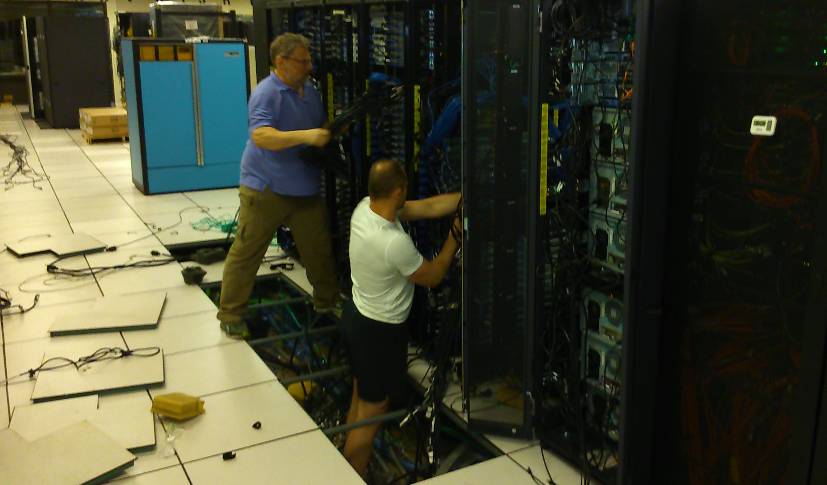 Star of Arkansas disassembly by AHPCC staff David Chaffin (left) and Pawel Wolinski
(right).
Star of Arkansas disassembly by AHPCC staff David Chaffin (left) and Pawel Wolinski
(right).
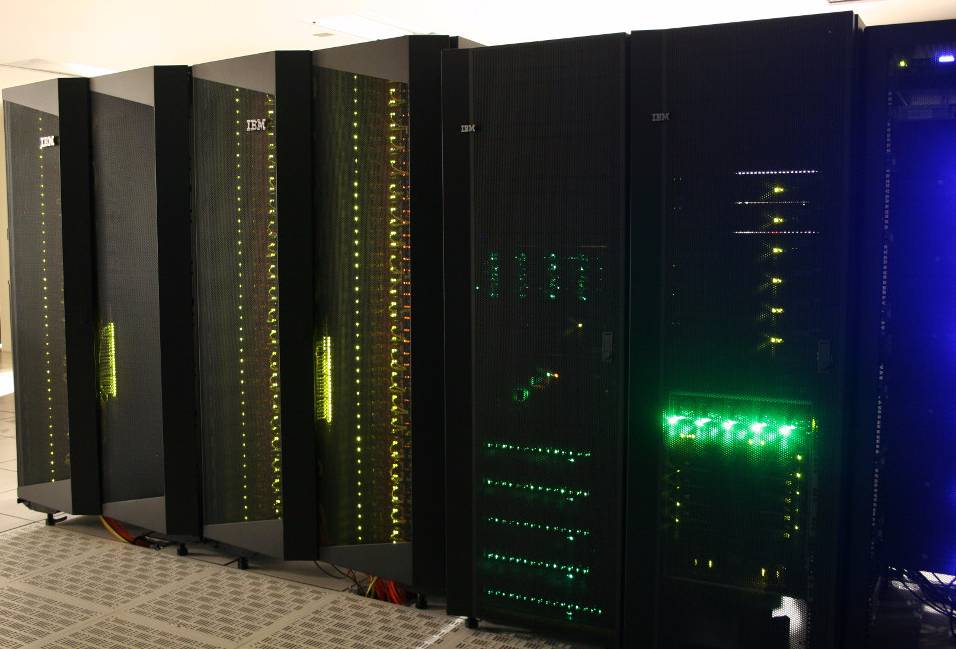 Razor cluster in operation from 2010-2018
Razor cluster in operation from 2010-2018
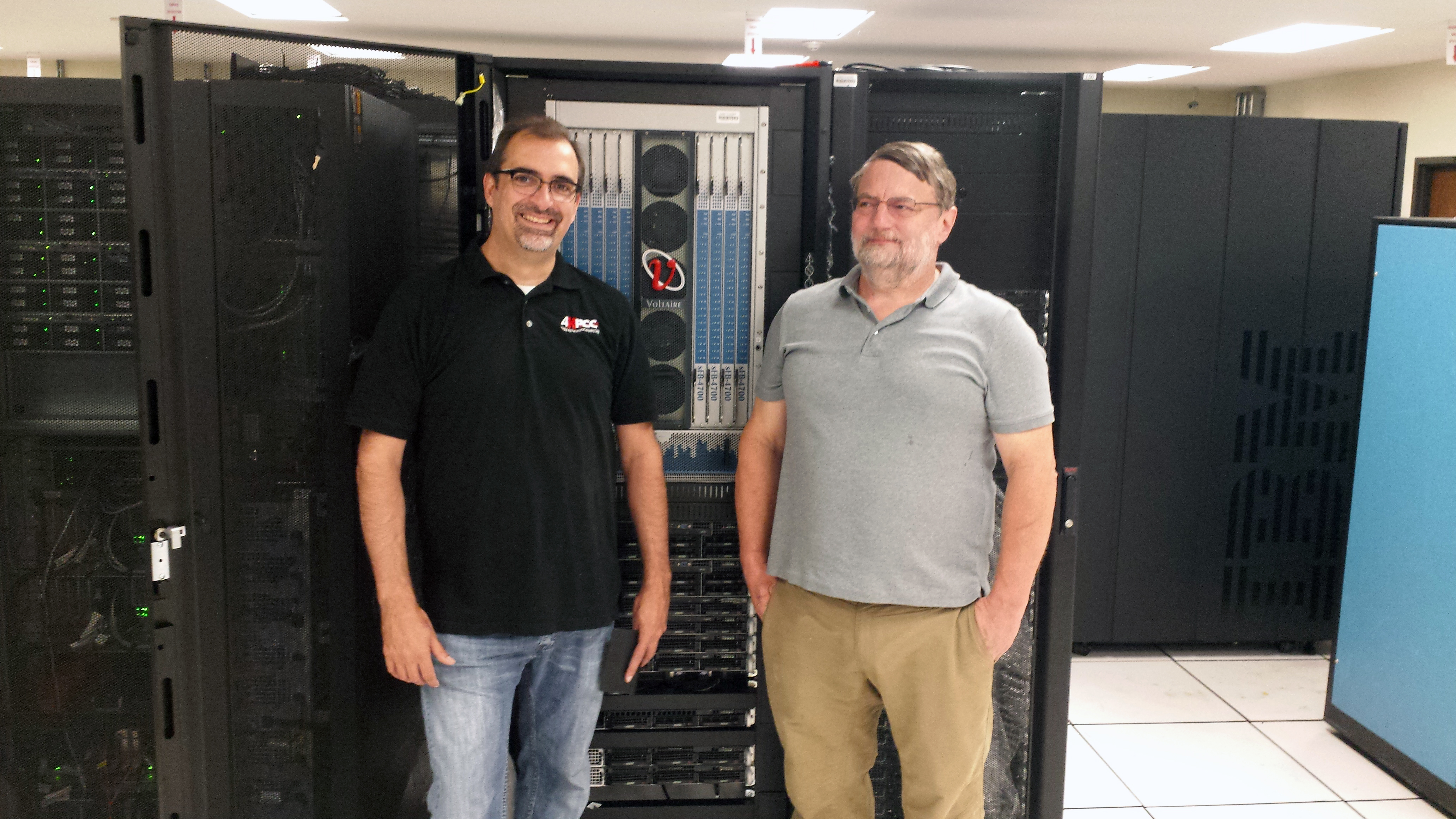 Arrival of Trestles at the UofA in 2016 with Jeff Pummill (left) and David Chaffin
(right).
Arrival of Trestles at the UofA in 2016 with Jeff Pummill (left) and David Chaffin
(right).
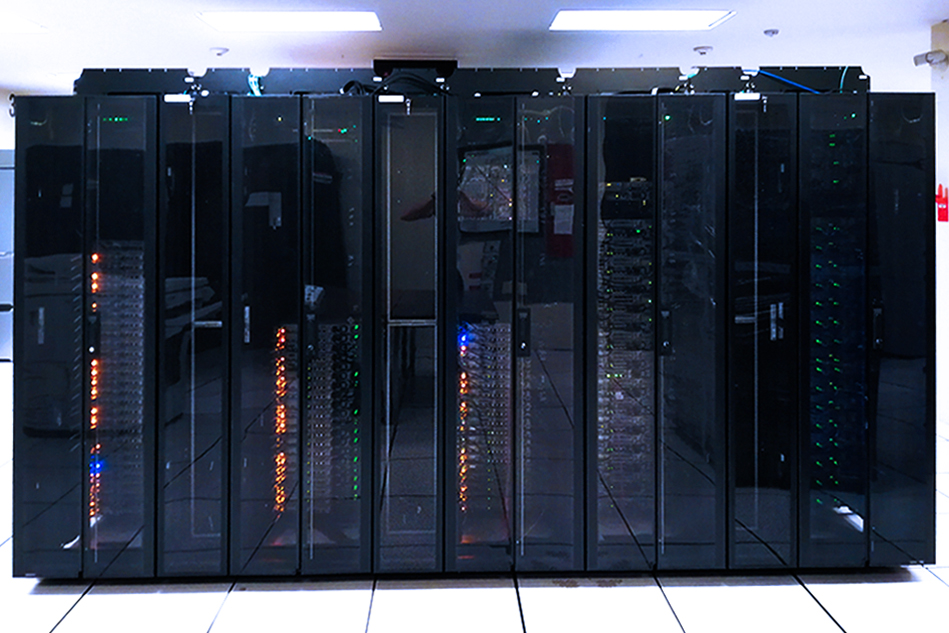 Pinnacle system installed in the summer of 2019
Pinnacle system installed in the summer of 2019